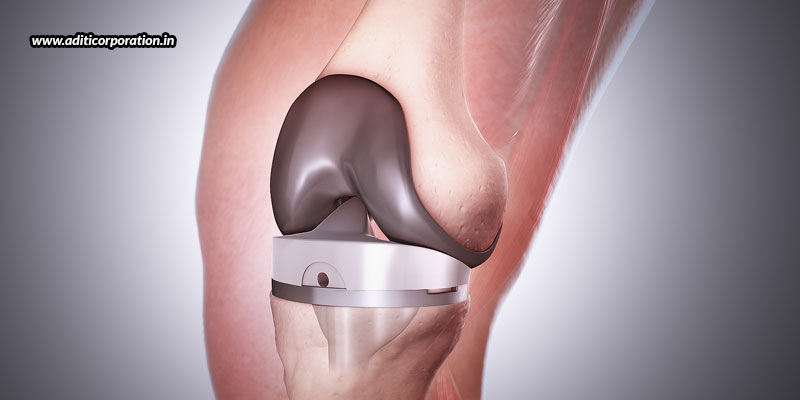
Walkthrough Of A Total Knee Replacement Surgery
04 AprArthritis strikes thousands of people every year, leaving them with pain and discomfort in the knee. Many of such patients undergo medications, injections, and therapies. However, any kind of non-steroidal anti-inflammatory drugs, steroid injections, and physical therapies prove to be effective only for a limited period of time, after which the pain and discomfort arises again. This is why many patients retort to total knee arthroplasty, which is a knee replacement in Bangalore that removes the original damaged knee, and replaces it with an artificial plastic, meal, or ceramic prosthesis.
Why do people prefer customized prostheses?
Today’s advanced technologies have helped develop perfect comfortably fitting prostheses. One of the most popularly used technologies is that of computer-aided design, where after a computed tomography (CT) scan, the CT image can be transformed into a custom knee joint. Depending upon the patient’s specific measurements, customized prostheses are developed. And then, 3D printer technologies and customized surgical tools are used to assist the surgeon with the implantation.
Pre-operation procedures
Before the surgery, the patient is introduced to pre-hab and relaxation techniques, and is taken to a primary care physician for a pre-operative examination. Following certain guidelines, it is decided whether the patient is clear for surgery or not. Also, patients are provided education to understand the challenges that can be encountered after the surgery. While there will always be doctor support, physical therapists, and other professionals to help, there is always a likelihood of complications, even if very rare. Therefore, patients must be educated about such conditions and how to deal with them, so that if any complications arise, the patient is well-versed and prepared to handle the situation better.
The surgical procedure
First, the injured and damaged portion of the knee joint is removed. Then, the remainder of the joint is reshaped to fit the prosthesis. An incision is made into the knee through which this process of removal and replacement takes place. The length of the incision is decided upon by the surgeon depending upon the body and condition of the patient. It could be anywhere between 5 to 10 inches. The damaged bones and cartilages are then removed, and then the artificial prosthesis is inserted in the empty space to fit perfectly. This could either be a cemented or cementless procedure. In the case of a cemented procedure, bone cement is applied to fix the prosthesis in place. And, in the case of a cementless procedure, the bone is left to grow naturally to hold the prosthesis in place. While the cemented procedure fixes the prosthesis instantly in place and the cementless procedure takes a few months, the cementless procedure is more durable and effective than a cemented procedure. So, it is for you to decide as to how you want to fix your prosthesis. After fixation, the incision is closed with subcutaneous stitches and covered with a two-part skin closure system that provides a skin adhesive covered with a self-adhesive mesh for healing.
Post-surgical procedures
After the knee replacement in Bangalore, the patient is kept in the hospital for a few days, under the monitoring of the doctor and nurses. The patient is supported by walkers, and is provided with medications and physical therapies. After the patient is able to stand and walk on his own, he is discharged. But, he is still provided a list of medications, exercises, and therapies, which he is supposed to follow as prescribed to him. It generally takes 2-3 weeks to gain freedom of walking and moving about, carrying out the daily activities independently.

